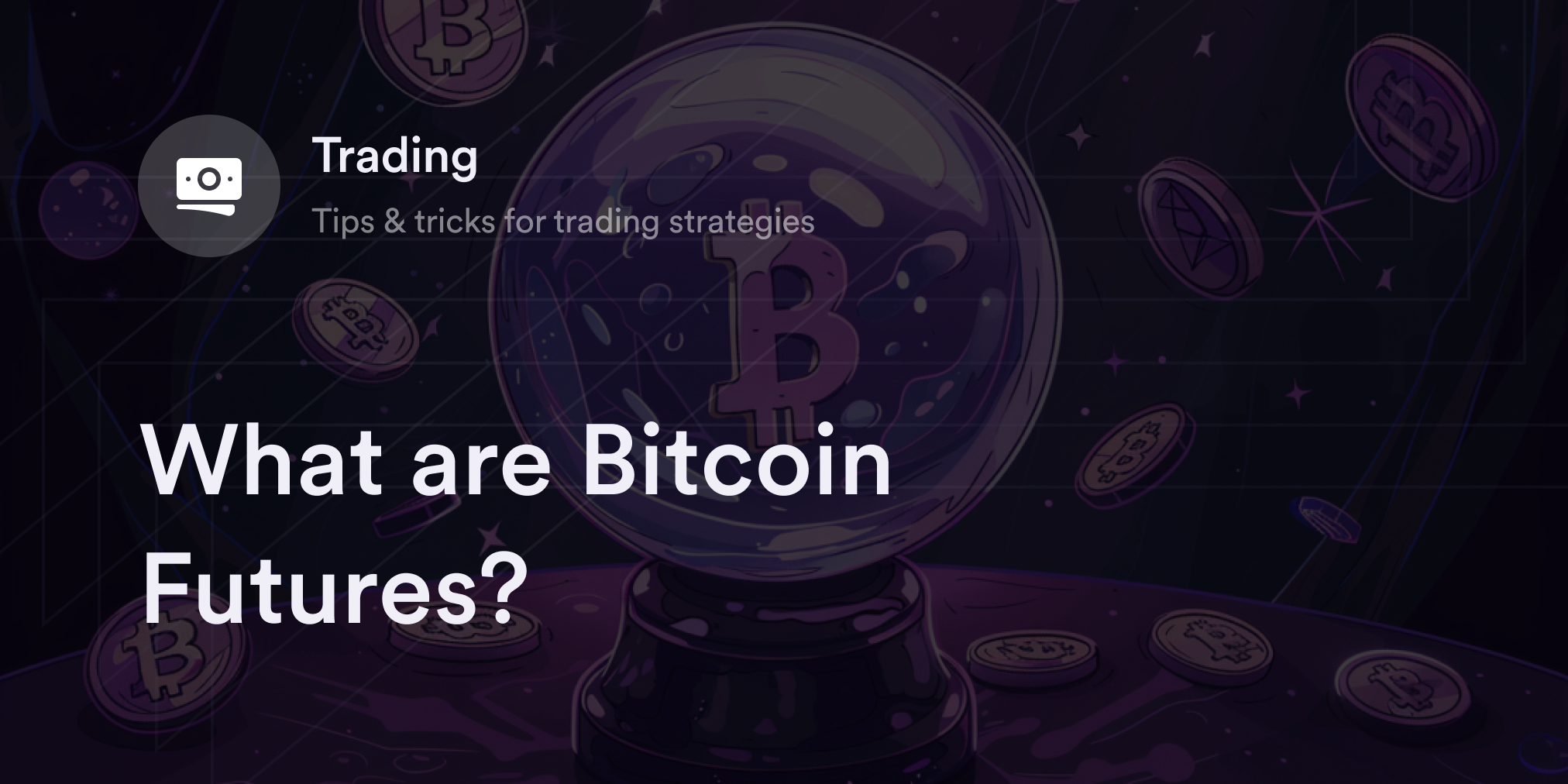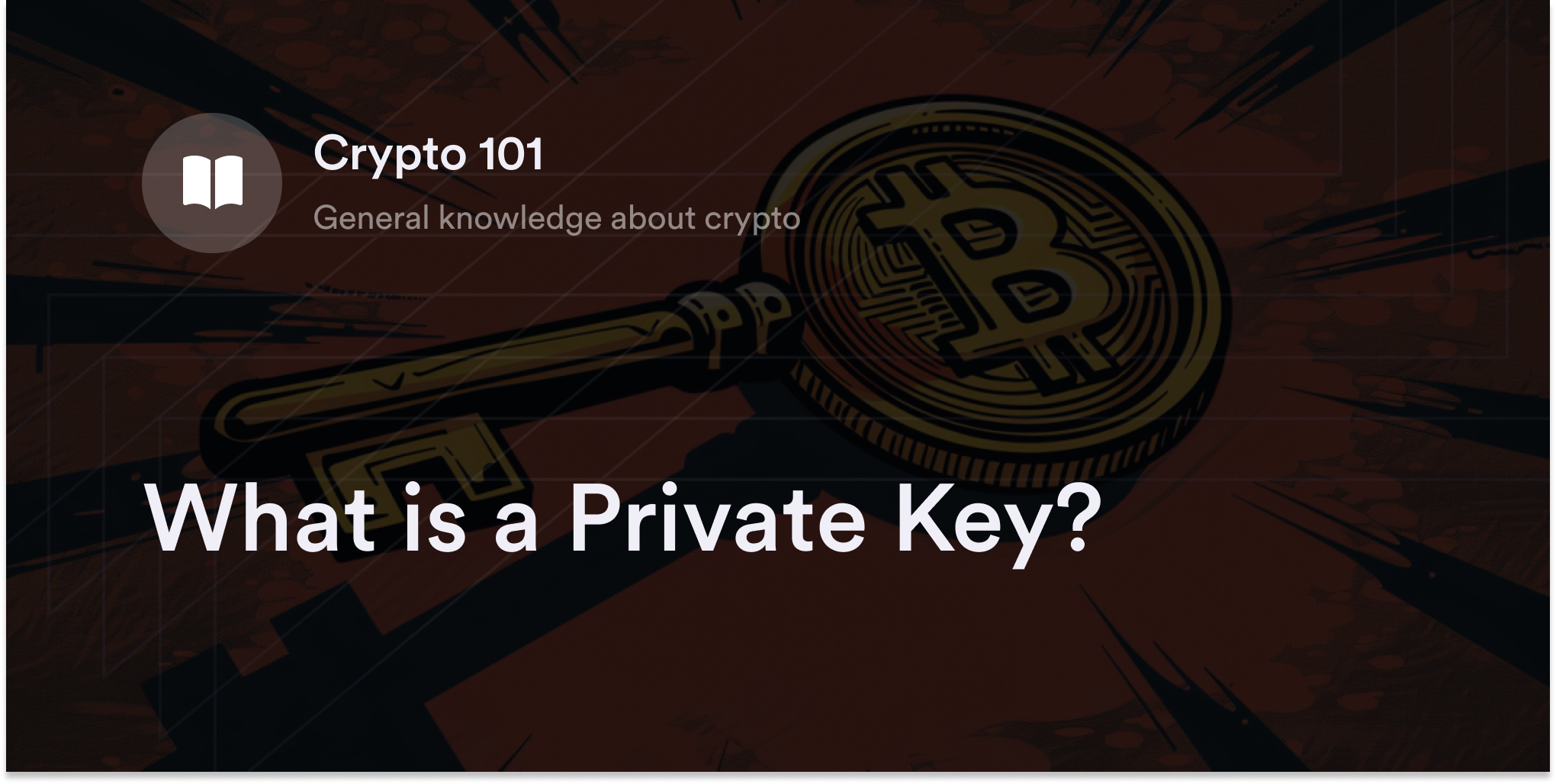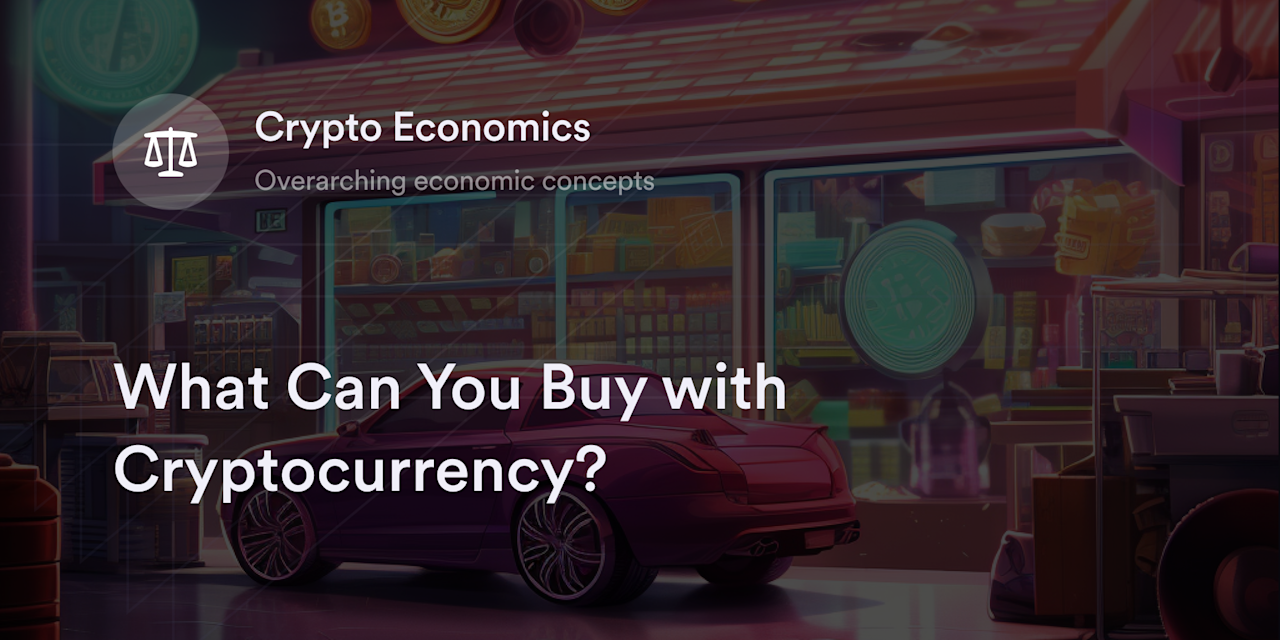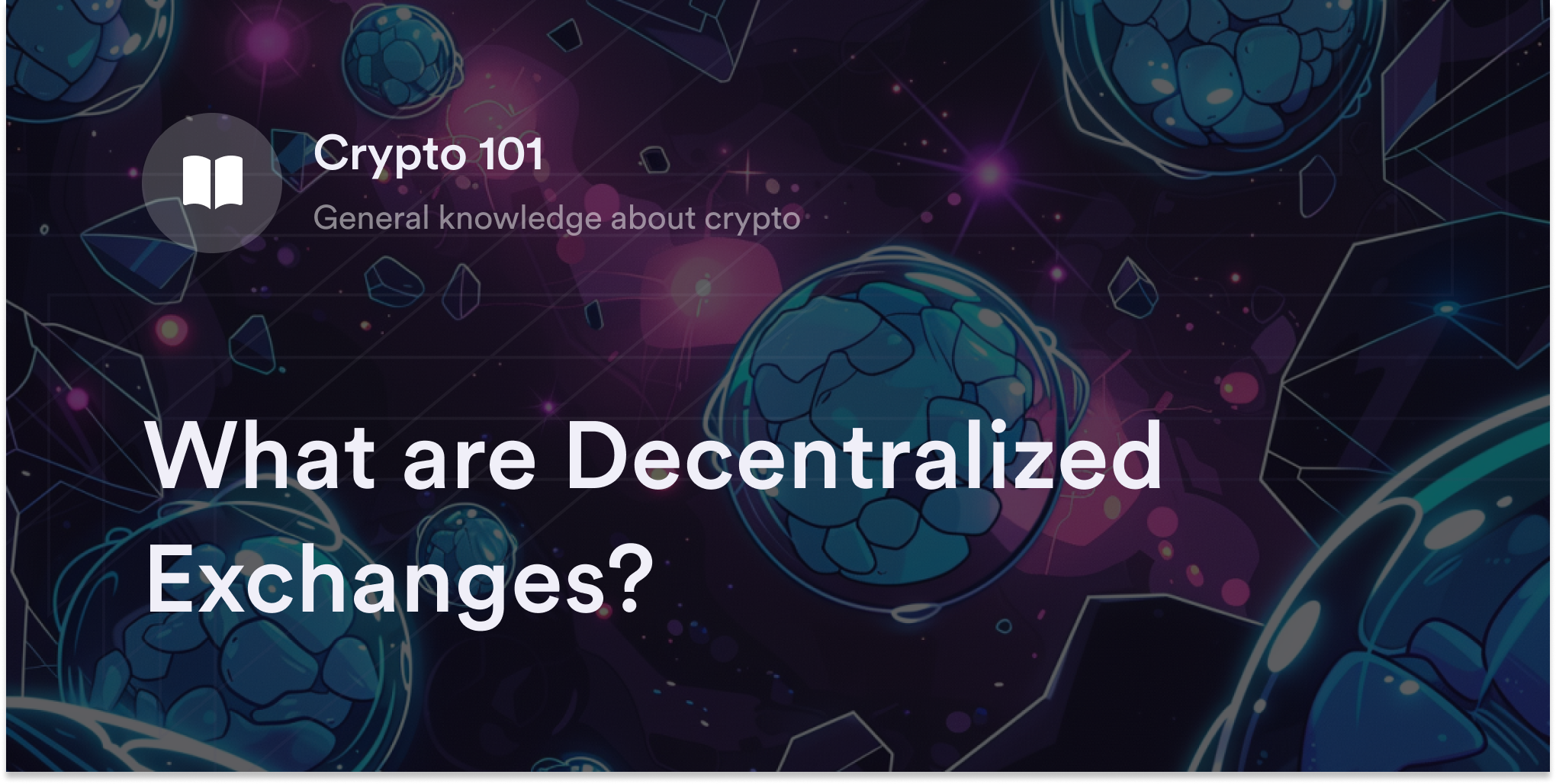
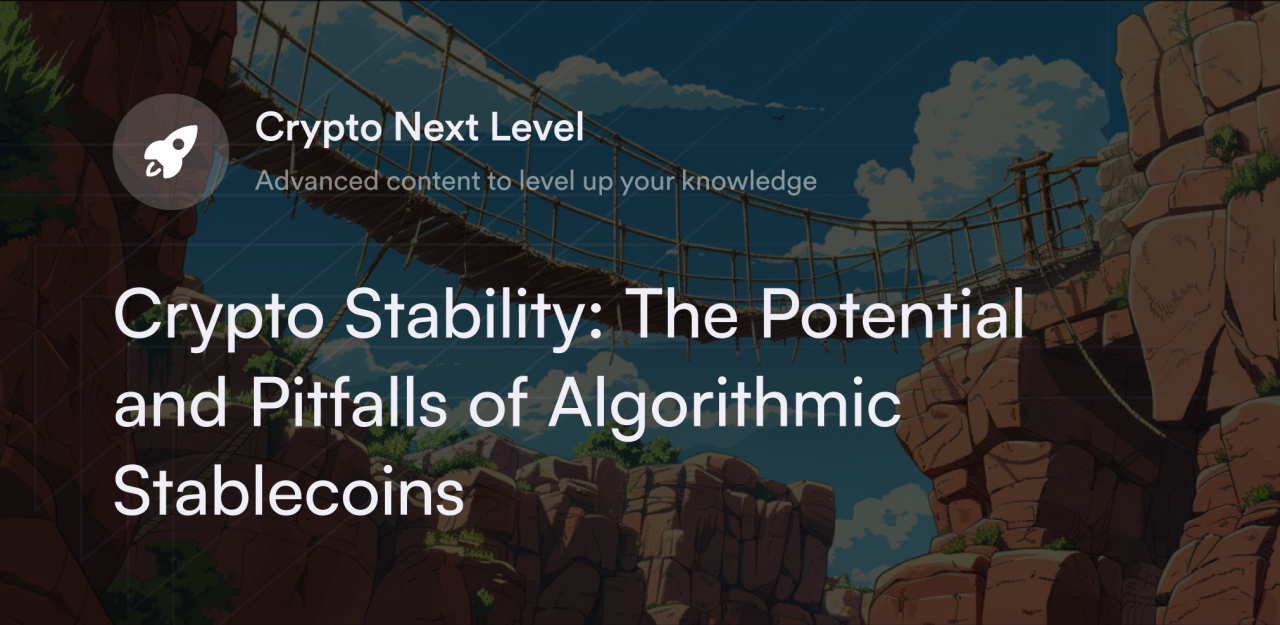

The Web3 ecosystem has had its share of challenges over the years, marked by volatility and uncertainty around security. Enter cryptocurrency TerraUSD (UST), which promised to bring stability to the ecosystem. Ironically, it not only destabilized on its own but also severely "destabilized" the entire digital assets market in 2022.
As panic spread after UST lost its 1:1 parity with the U.S. dollar, thousands of crypto traders rushed to pull out of this experimental crypto—primarily from a stablecoin yield protocol Anchor—triggering an intense $50 billion sell-off within three days. Although there are many complex and intertwined explanations behind UST’s collapse, one of the contributing factors was UST’s "algorithmic" software architecture. Since UST was such a prominent example of the new class of algorithmic stablecoins, it inspired a lot of conversations about the merits of this emerging technology.
Following the UST collapse, international regulators and crypto traders criticized the value and safety of algorithmic stablecoins, but some developers maintain this crypto category has compelling value propositions.
Let’s discover the full story behind algorithmic stablecoins, including how they work, their safety risks, and their potential benefits in decentralized finance (DeFi).
What are algorithmic stablecoins?
Algorithmic stablecoins are cryptocurrencies that use decentralized protocols to attempt to maintain a 1:1 value (or peg) relative to another asset. In most cases, stablecoins mimic the price of a fiat currency like the U.S. dollar and the euro. They provide crypto traders quick access to lower-volatility digital tokens without venturing out of Web3.
The feature that separates algorithmic stablecoins from other stablecoins is that they depend on blockchain algorithms to preserve their peg. Instead of holding an equivalent amount of collateral to prop up these digital tokens, developers behind algorithmic stablecoins create decentralized programs to generate value through an intricate interplay of software and market dynamics. Sometimes, these stablecoins use words like programmable, uncollateralized, or undercollateralized rather than algorithmic, as they depend on computer programs instead of collateral to maintain value in the crypto market.
How do algorithmic stablecoins work?
Design differs from project to project, but algorithmic stablecoins usually rely on smart contracts to enforce rules and execute commands without third-party intermediaries. Many of these cryptocurrencies also have a paired token designed to absorb market volatility and ensure the reliability of the stablecoin’s price. This second non-stablecoin cryptocurrency usually fluctuates depending on market demand and offers crypto traders opportunities to profit from price discrepancies.
An example of this crypto algorithm model is Terraform Labs’ UST and paired cryptocurrency Luna (LUNA). When UST fell below its $1 value, traders had the opportunity to create (or mint) $1 worth of the Luna cryptocurrency if they sold (or burned) 1 UST. On the flipside, Terraform’s system incentivized traders to mint 1 UST and burn $1 worth of LUNA when UST exceeded its $1 peg.
In the first scenario, traders decrease the supply of UST, increasing the market value of available tokens. When traders burn UST and mint LUNA, however, they dilute UST’s supply, helping bring the market price down to $1. This elaborate incentive system relies on a tactic called arbitrage trading, where traders take advantage of the profit potential from market inefficiencies and smooth out price discrepancies. While not all algorithmic crypto projects use the same techniques in the UST-LUNA example, they rely on predicting market psychology and creating reliable coding standards rather than setting aside collateral to give their tokens value. However, it’s worth noting that while Luna suffered a terrible crash, there were some major flaws in the crypto’s design.
Reserve-backed stablecoins versus algorithmic stablecoins: What’s the difference?
The biggest distinction between reserve-backed and algorithmic stablecoins is that the former uses collateral to prove the value of each token it mints. A reserve-backed stablecoin issuer has assets in a bank account, custodial vault, or DeFi protocol.
For example, Circle holds fiat currency and cash-denominated paper assets equivalent to the current token supply for its USD-pegged stablecoin USDC. Also, decentralized app (dApp) MakerDAO uses collateral to maintain the value of its USD stablecoin Dai (DAI). In MakerDAO’s lending protocol, borrowers have to deposit more crypto collateral into MakerDAO’s treasury to mint DAI stablecoins and ensure an overcollateralized store of crypto behind every DAI in circulation.
Algorithmic stablecoins, on the other hand, rely on a software protocol to maintain their peg to a stable asset through algorithms and smart contracts. These algorithms automatically adjust the stablecoin’s supply based on market conditions to keep its value stable. However, as mentioned, this model can be vulnerable to market volatility and might struggle to maintain its peg during extreme market conditions, as the stability is without tangible backing.
Are algorithmic stablecoins safe?
Even before the UST-LUNA implosion in 2022, the safety of algorithmic stablecoins had been a hot topic in the cryptocurrency community. While the crypto market never witnessed a collapse as large as UST’s depegging, prior algo stablecoins like Iron Titanium Token (TITAN) and Basis Cash (BAC) failed, costing many crypto traders millions of dollars in losses.
Algo stablecoins have inherent vulnerabilities. The dynamic and unpredictable nature of algorithmic adjustments introduces many unforeseen challenges to the crypto industry, especially when confronted by external shocks or unexpected market fluctuations. Developers have yet to design an algorithmic system able to withstand the volatility of the crypto market in both bullish and bearish scenarios, and there’s always the potential for a smart contract hack.
The regulatory climate surrounding algorithmic stablecoins—plus many high-profile multibillion-dollar failures—adds to their perception as an unsafe asset class. Crypto traders interested in using algo stablecoins must recognize this cryptocurrency is one of the most experimental categories with a history of failures and significant regulatory scrutiny. Although the safety profile for algo stablecoins has the potential to improve if developers fine-tune this technology, traders usually treat these cryptocurrencies as high-risk assets.
What are the benefits of algorithmic stablecoins?
Despite the many challenges surrounding algorithmic stablecoins, some people still believe in these cryptocurrencies and support continued research into this technology. For algo stablecoin advocates, these digital assets help achieve the dream of a decentralized digital economy thanks to their reliance on code rather than centralized collateral.
Here are a few pros of these stablecoins:
No centralized intermediaries
Unlike reserve-backed stablecoins, algorithmic stablecoins minimize counterparty risk using code-driven mechanisms instead of holding collateral in a bank or DeFi protocol. In theory, the lack of third-party intermediaries makes algorithmic stablecoins more resilient to attacks since they don’t have centralized vulnerabilities.
Also, since no centralized entity controls an algorithmic stablecoin, there’s less risk of censorship, account restrictions, or unannounced freezes than centrally controlled stablecoins, making algorithmic stablecoins more tamper-proof and globally accessible.
Superior transparency
Algorithmic stablecoins have open-source records on transaction data and code modifications. This enhanced transparency allows traders to track the token supply, observe algorithmic adjustments, and analyze a stablecoin’s historical performance to determine its security. Proactive developers who issue smart contract audits help prove the reliability of their coding standards and help inspire trust with market participants.
Possibility for community governance
Algorithmic stablecoins also open the door for more inclusion in Web3 with democratic governance protocols. Like decentralized autonomous organizations (DAOs) on DeFi dApps, an algo stablecoin project has the option to create a decentralized online community where traders propose initiatives and vote on proposals with governance tokens. The possibility of community-driven decision-making in an open-source environment gives users shared control over an algorithmic stablecoin’s direction.
In contrast, only centralized organizations behind certain reserve-backed stablecoins, like Tether Limited for USDT, control decision-making procedures.
What are the drawbacks of algorithmic stablecoins?
While innovative in their approach to maintaining value stability, algorithmic stablecoins present several challenges in addition to susceptibility to market volatility. Here are a few:
Risk of spiraling devaluation
In cases where market confidence drops, algorithmic stablecoins can enter a downward spiral. Loss of trust can lead to selling off, which the algorithms may not be able to counteract effectively, potentially leading to a collapse in value.
Lack of tangible backing
Unlike reserve-backed stablecoins, algorithmic stablecoins aren’t backed by physical or digital assets. This shortage of tangible backing can make them seem less credible or secure to potential users and investors.
Scalability issues
The ability of algorithmic stablecoins to scale effectively while maintaining stability can be challenging. As the market cap grows, the underlying mechanisms may need to be adjusted, which can introduce new risks and complexities.
Learn more about crypto on dYdX Academy
Want to learn more about cutting-edge crypto technologies? Check out dYdX Academy for dozens of easy-to-read guides on the most groundbreaking Web3 innovations, including ZK rollups, soulbound tokens, and crypto bridges. dYdX also offers a decentralized trading platform for eligible traders interested in accessing deep liquidity for crypto perpetual swaps.
Find out all the latest details on dYdX’s offerings and features on our official blog, and eligible traders can start trading on dYdX today.
Disclosures
The content of this article (the “Article”) is provided for general informational purposes only. Reference to any specific strategy, technique, product, service, or entity does not constitute an endorsement or recommendation by dYdX Trading Inc., or any affiliate, agent, or representative thereof (“dYdX”). Use of strategies, techniques, products or services referenced in this Article may involve material risks, including the risk of financial losses arising from the volatility, operational loss, or nonconsensual liquidation of digital assets. The content of this Article does not constitute, and should not be considered, construed, or relied upon as, financial advice, legal advice, tax advice, investment advice, or advice of any other nature; and the content of this Article is not an offer, solicitation or call to action to make any investment, or purchase any crypto asset, of any kind. dYdX makes no representation, assurance or guarantee as to the accuracy, completeness, timeliness, suitability, or validity of any information in this Article or any third-party website that may be linked to it. You are solely responsible for conducting independent research, performing due diligence, and/or seeking advice from a professional advisor prior to taking any financial, tax, legal, or investment action.
You may only use the dYdX Services in compliance with the dYdX Terms of Use available here, including the geographic restrictions therein.
Any applicable sponsorship in connection with this Article will be disclosed, and any reference to a sponsor in this Article is for disclosure purposes, or informational in nature, and in any event is not a call to action to make an investment, acquire a service or product, or purchase crypto assets. This Article does not offer the purchase or sale of any financial instruments or related services.
By accessing this Article and taking any action in connection with the information contained in this Article, you agree that dYdX is not responsible, directly or indirectly, for any errors, omissions, or delays related to this Article, or any damage, injury, or loss incurred in connection with use of or reliance on the content of this Article, including any specific strategy, technique, product, service, or entity that may be referenced in the Article.

